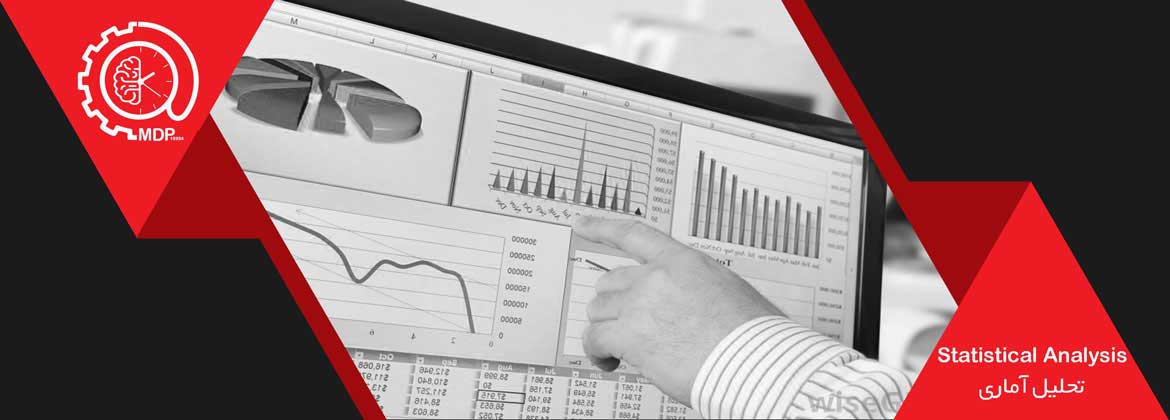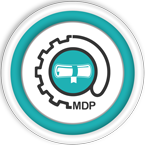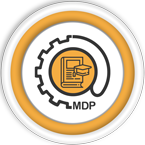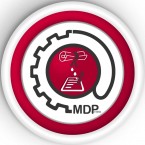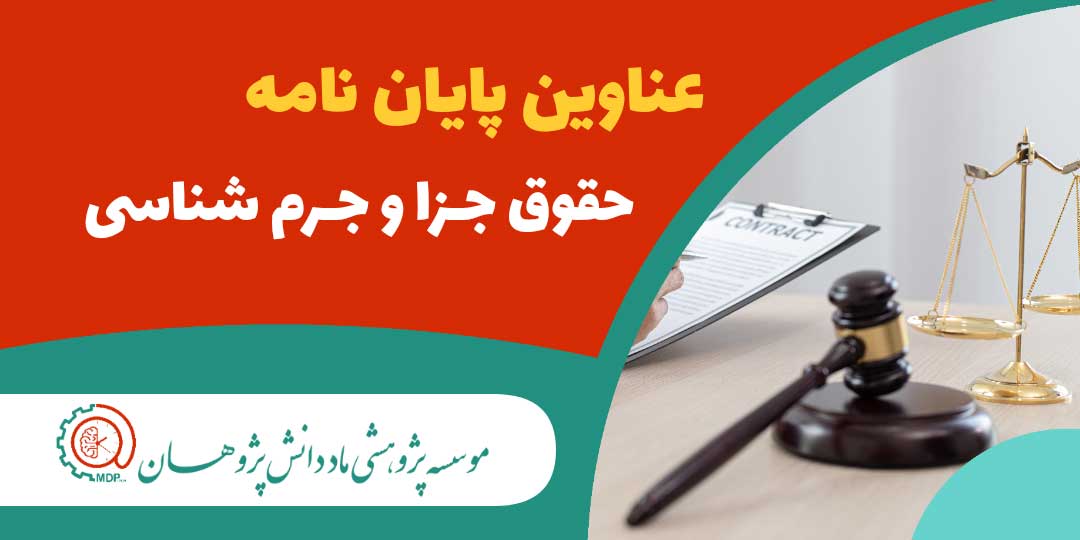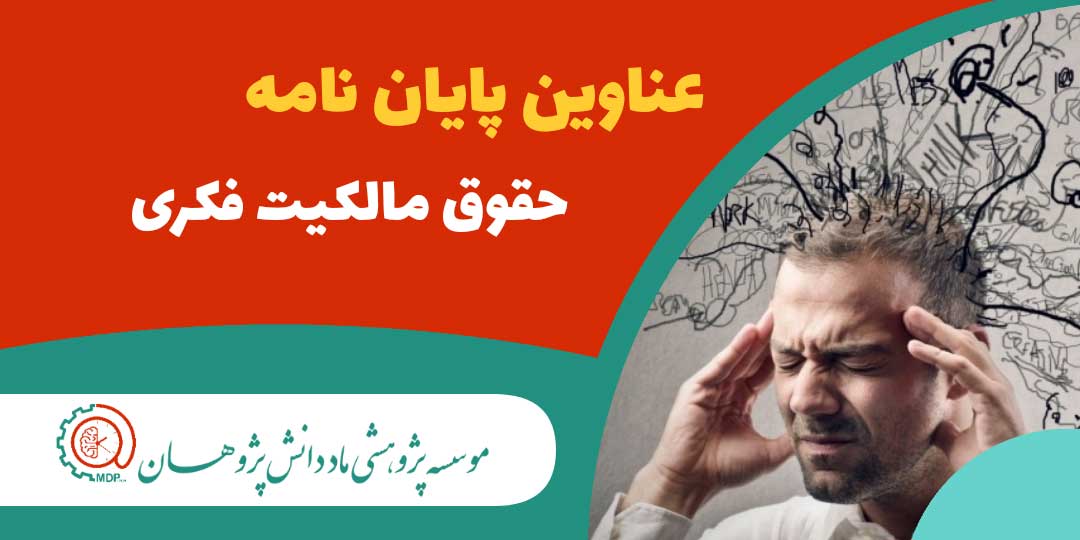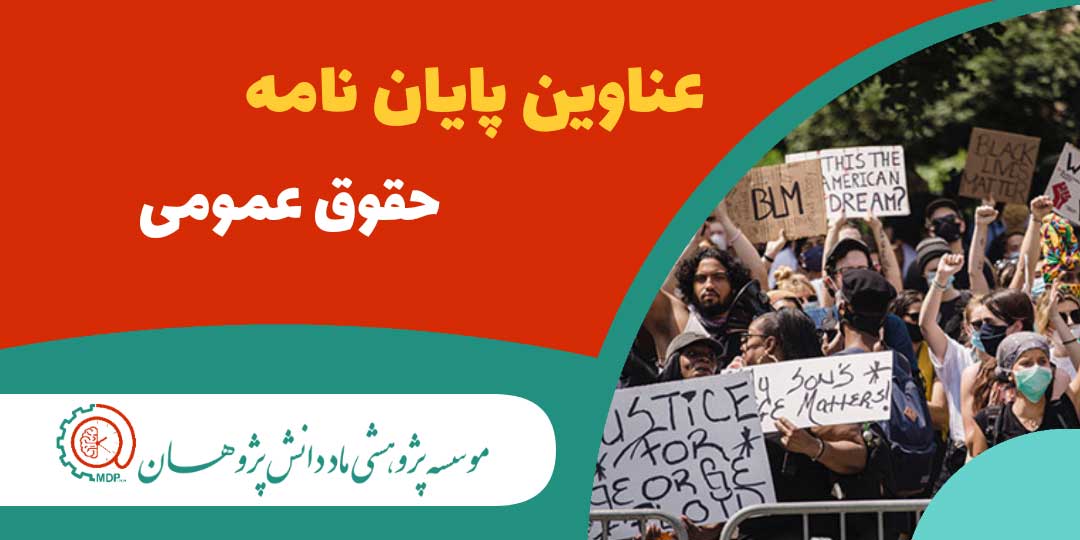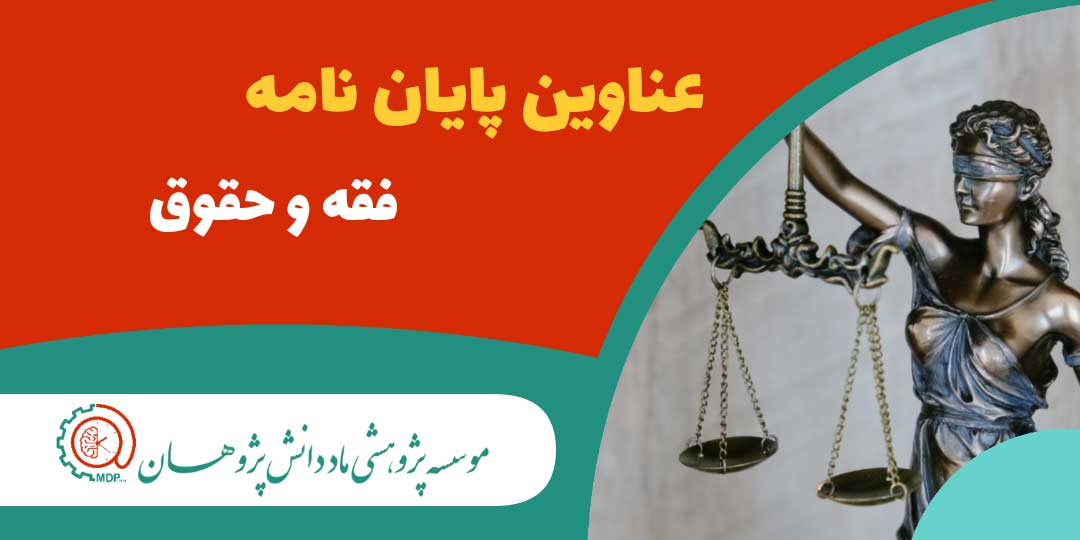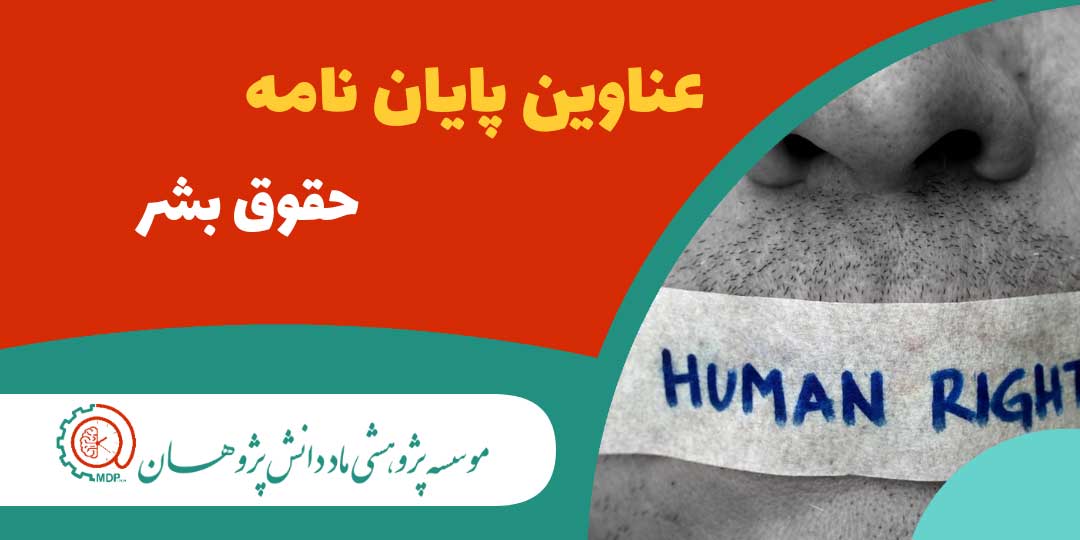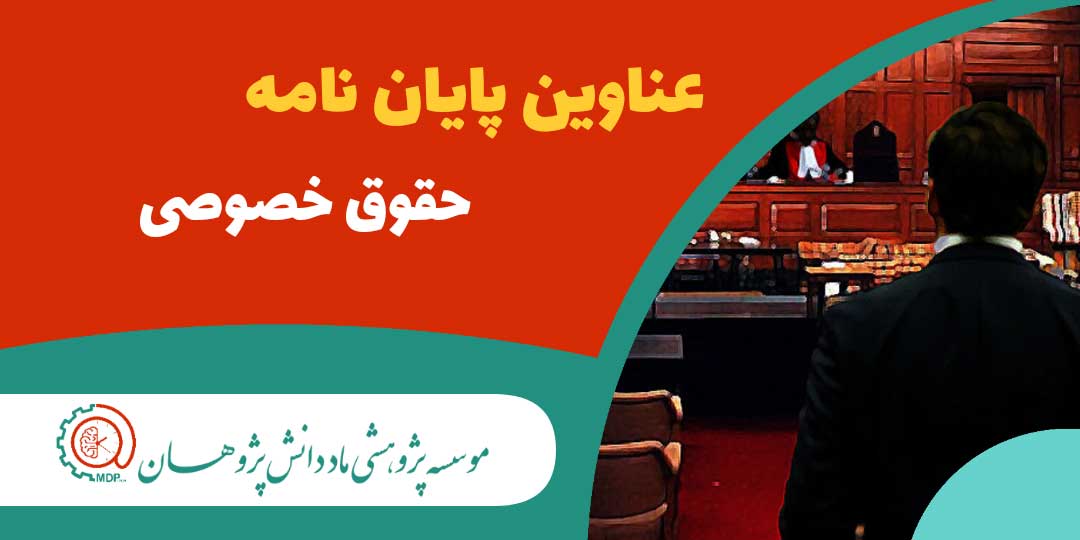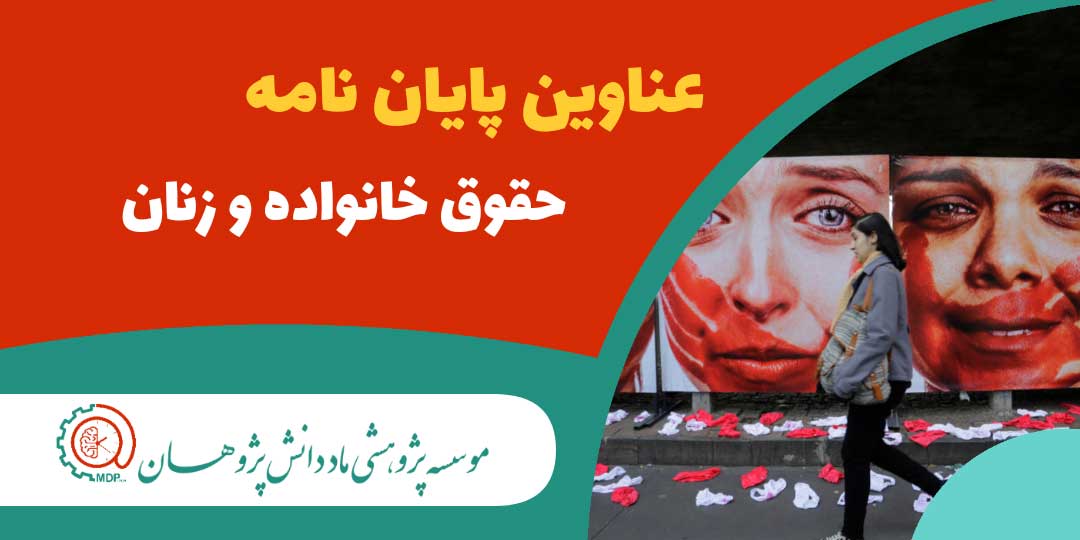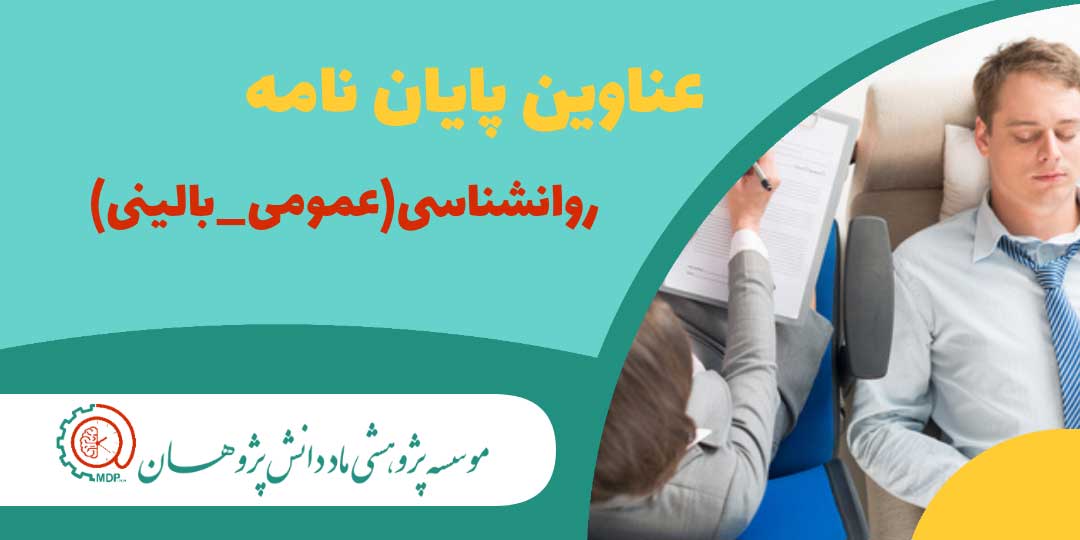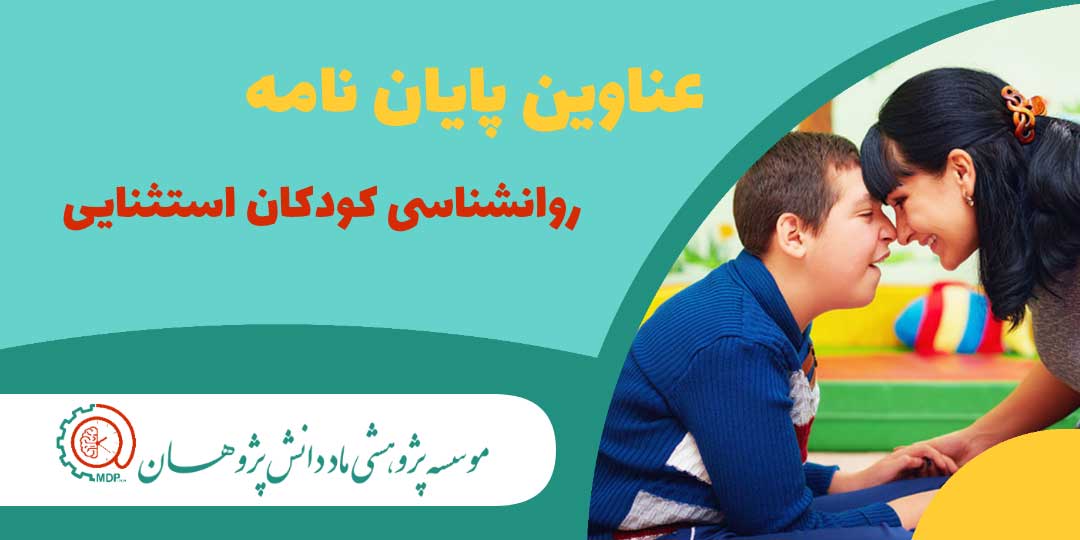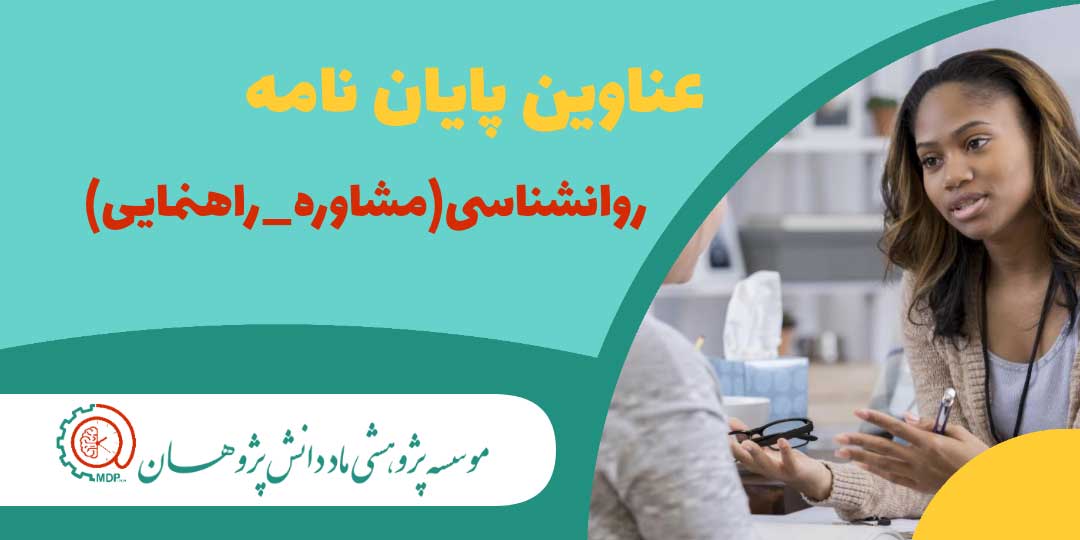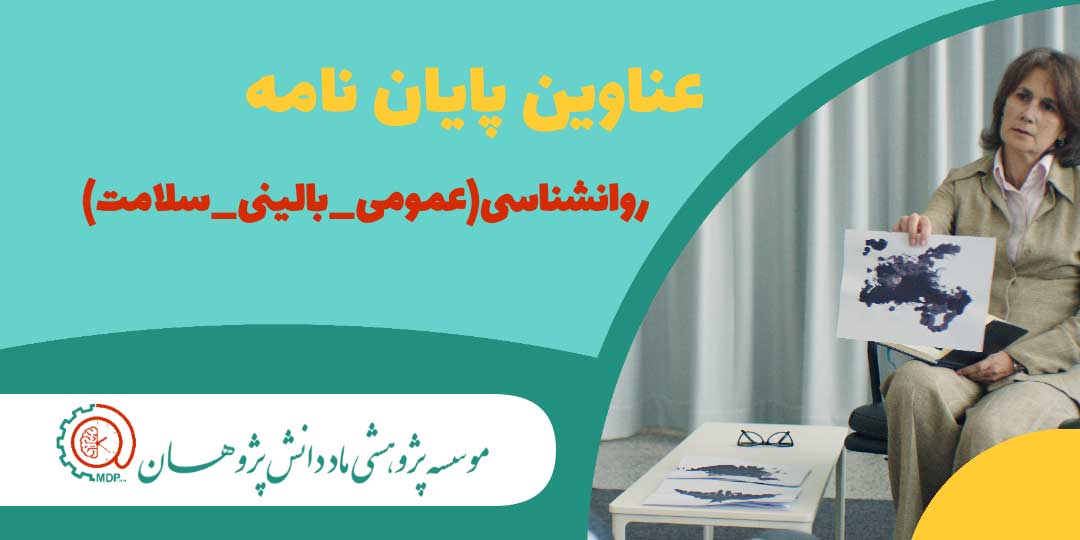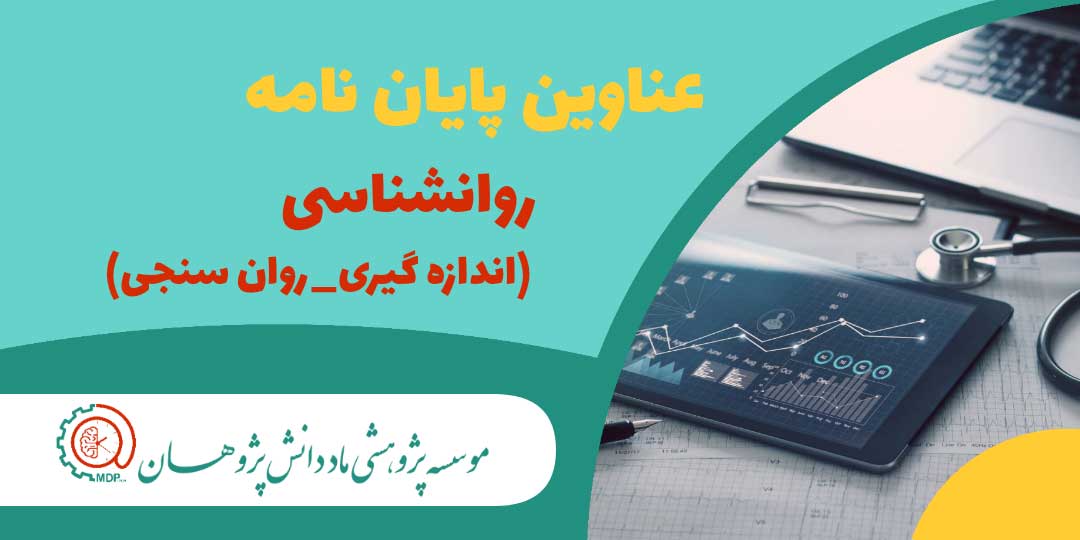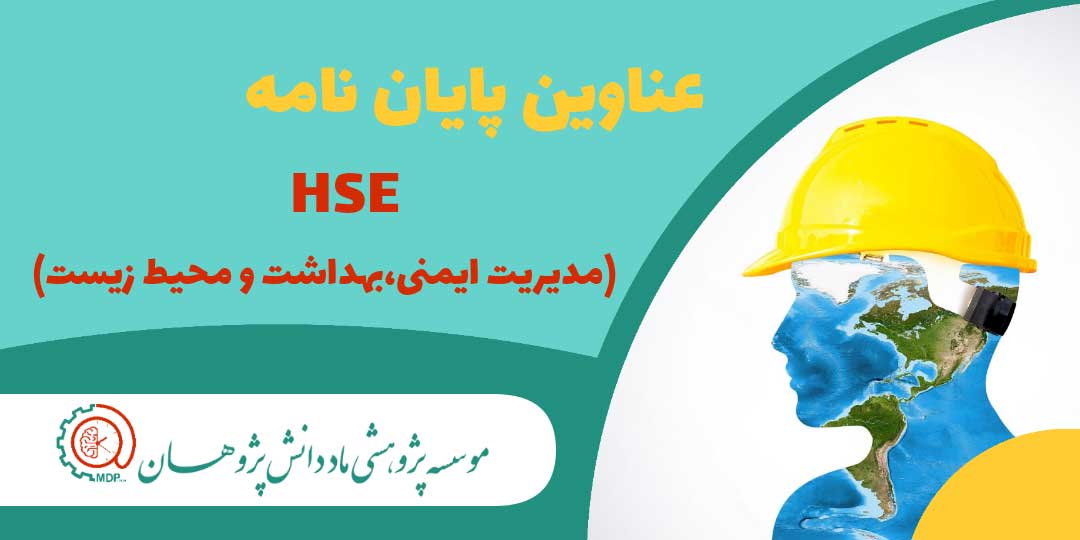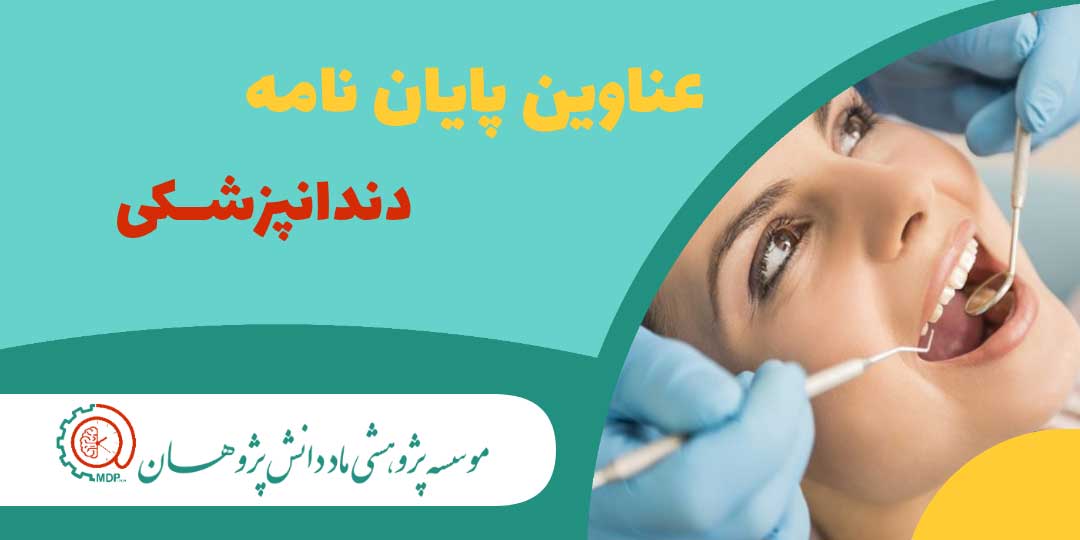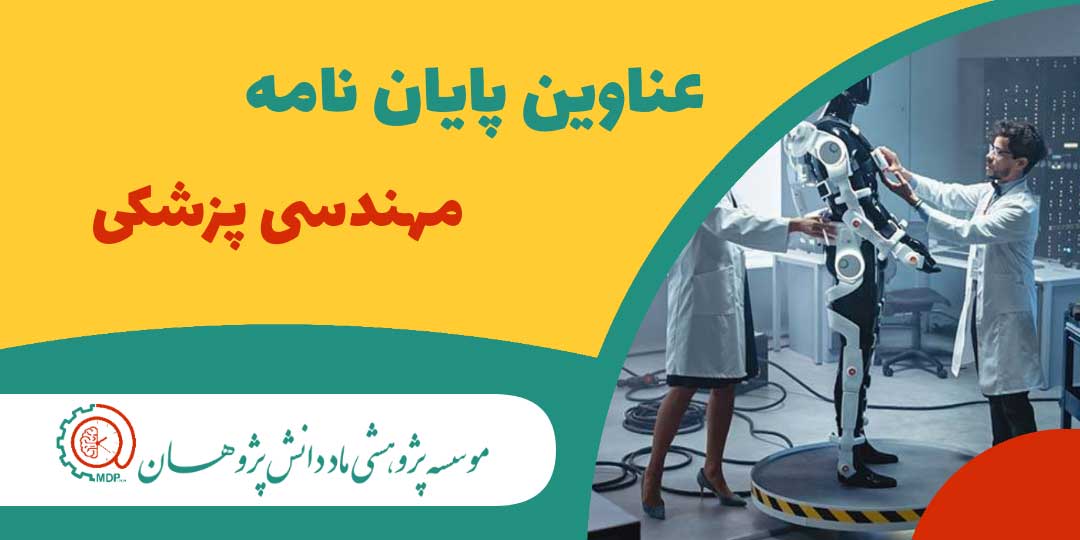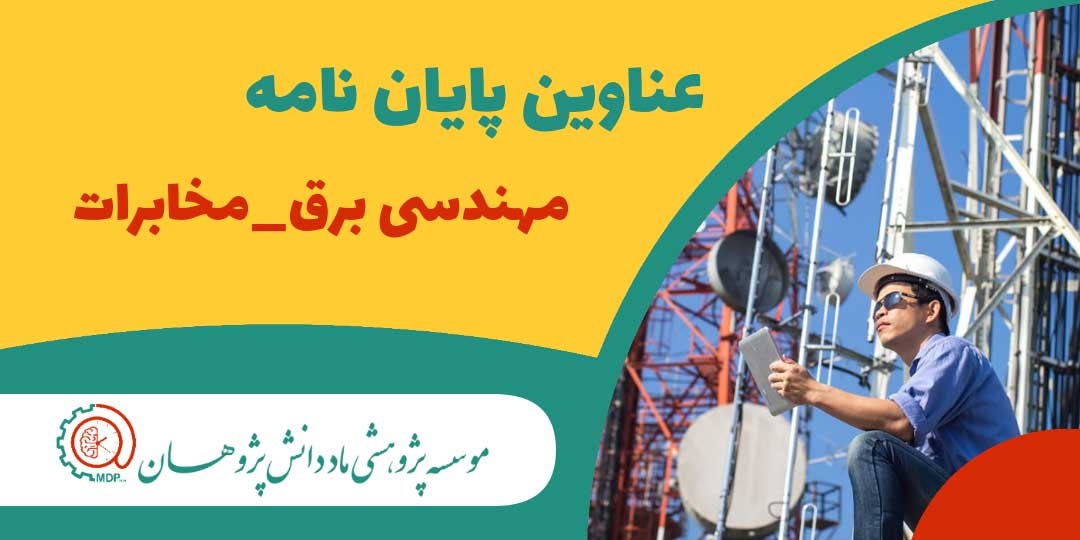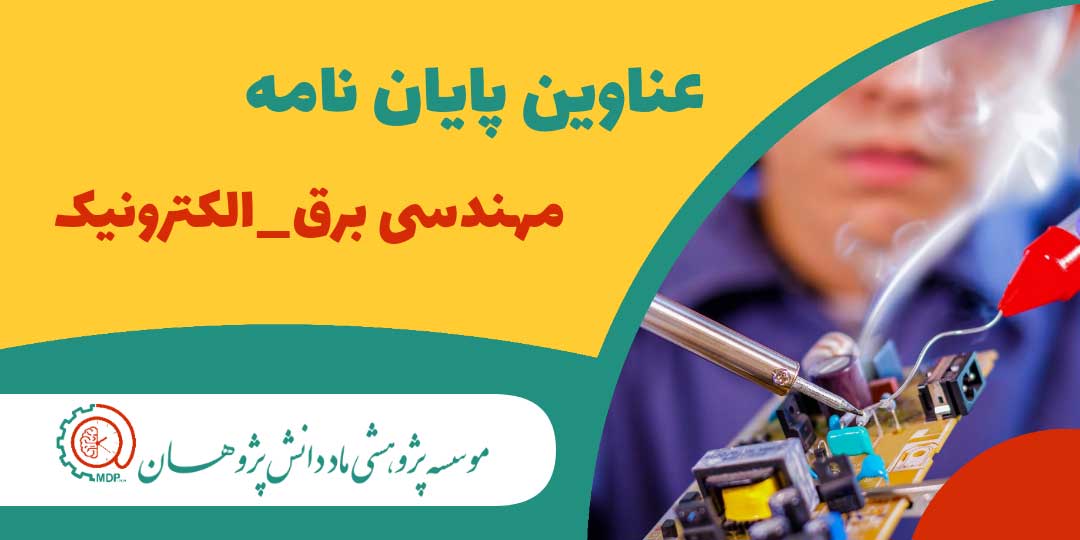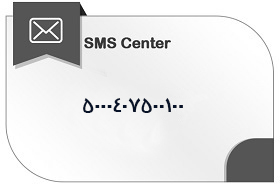نگارش پایان نامه زبان شناسی با بهره گیری از روش های تحلیل داده های گفتاری و نوشتاری، مسیر پژوهش علمی را دقیق تر می سازد. نگارش پایان نامه در رشته زبان شناسی یکی از مهم ترین مراحل تحصیلات دانشگاهی است که دانش تخصصی دانشجو را ارزیابی می کند. توانایی های پژوهشی، تحلیلی و نوشتاری او را در زمینه زبان شناسی به چالش می کشد. زبان شناسی به عنوان دانشی تحلیلی و علمی درباره زبان، نیازمند رویکرد منسجم، روش شناسی دقیق و استناد به منابع معتبر است. در این مقاله، به مراحل کلیدی و اصول نگارش یک پایان نامه زبان شناسی پرداخته می شود.
بررسی رشته زبان شناسی
در قرون اخیر مطالعات گسترده ای درباره منشأ زبان، پیدایش خط، ساختارهای زیرین و روساخت های زبانی و تحلیل های علمی صورت گرفت که زمینه ساز شکل گیری رشته زبان شناسی شد. این تحقیقات دستاوردهای مهمی مانند ساخت ماشین های هوشمند، بررسی توانایی های زبانی مغز و پیشرفت در درمان زبان پریشی و توسعه زبان اشاره برای ارتباط کرولال ها را به همراه داشت. زبان شناسی در ایران در مقاطع کارشناسی، ارشد و دکترا در دانشگاه هایی چون شهید بهشتی، علامه طباطبایی و شیراز ارائه می شود و دو گرایش اصلی آن شامل زبان شناسی همگانی و آموزش زبان فارسی به غیر فارسی زبانان است.
دانشجویان این رشته برای ورود به مقطع کارشناسی ارشد باید چهار سرفصل کلی شامل کلیات زبان شناسی، دستور زبان فارسی، زبان عمومی و تخصصی و تاریخ زبان فارسی را مطالعه کنند. منابع آموزشی متنوعی از استادان برجسته مانند باطنی، حق شناس و ثمره در حوزه های آواشناسی، واج شناسی، معناشناسی و نحو معرفی شده اند. دروس هر گرایش نیز ترکیبی از مباحث نظری و کاربردی است و فارغ التحصیلان می توانند در حوزه های آموزشی، پژوهش های جامعه شناختی، گویش شناسی، تحلیل کتب درسی و حتی گفتاردرمانی فعالیت کنند. با وجود کم توجهی به این رشته در ایران، زبان شناسی در سطح بین المللی جایگاه مهمی دارد و کاربردهای گسترده ای در علوم انسانی و اجتماعی یافته است.
نگارش پایان نامه زبان شناسی
نگارش پایان نامه زبان شناسی نیازمند انتخاب موضوعی دقیق و مرتبط با یکی از شاخه های اصلی این رشته مانند آواشناسی، نحو، معناشناسی یا جامعه شناسی زبان است. در این فرآیند، دانشجو باید ابتدا مسئله پژوهشی را به طور روشن تعریف کرده و سپس با مرور منابع علمی معتبر، چارچوب نظری مناسبی برای تحقیق خود فراهم کند. توجه به روش شناسی پژوهش، انتخاب داده های زبانی و تحلیل آن ها بر اساس اصول علمی، از مراحل کلیدی نگارش پایان نامه در زبان شناسی محسوب می شود.
پایان نامه زبان شناسی باید علاوه بر جنبه نظری، کاربردهای عملی نیز داشته باشد. برای مثال، بررسی زبان های محلی و تأثیر آن ها بر آموزش، تحلیل زبان رسانه ها در جوامع چندزبانه یا مطالعه تغییرات زبانی در نسل های مختلف می تواند ارزش علمی و اجتماعی تحقیق را افزایش دهد. نگارش دقیق، ساختارمند و رعایت اصول نگارشی رسمی، اعتبار پژوهش را بالا برده و امکان استفاده از نتایج آن در حوزه های آموزشی، فرهنگی و ارتباطی را فراهم می سازد.
راهنمای جامع برای دانشجویان
نگارش پایان نامه زبان شناسی نیازمند انتخاب موضوعی نوآورانه است که بتواند به توسعه نظریه های زبانی کمک کند. در ادامه راهنمای جامع برای دانشجویان برای نگارش پایان نامه زبان شناسی آورده شده است:
۱. انتخاب موضوع تحقیق
اولین قدم در نگارش پایان نامه، انتخاب یک موضوع مناسب و اصیل است. در زبان شناسی، موضوعات متنوعی مانند دستور زبان، آواشناسی، واج شناسی، معناشناسی، کاربردشناسی (پراگماتیک)، زبان شناسی تاریخی، زبان شناسی اجتماعی، روان شناسی زبان، زبان آموزی و زبان شناسی هماهنگی (corpus linguistics) وجود دارد.
موضوع در نگارش پایان نامه زبان شناسی باید دارای ویژگی های خاصی باشد:
- قابل تحقیق باشد (داده های لازم در دسترس باشند).
- مرز دانش را جا به جا کند یا به سؤالی پاسخ دهد که پژوهش های قبلی به آن پرداخته اند.
- با علاقه و تخصص دانشجو هم راستا باشد.
۲. تعیین سؤال یا فرضیه پژوهش
پس از انتخاب موضوع، باید سؤال یا فرضیه اصلی پژوهش مشخص شود. در زبانشناسی، این سؤال معمولاً به شکلی است که به تحلیل ساختاری، کاربردی یا تاریخی زبان میپردازد.
مثال:
«چگونه ساختار دستوری جملات شرطی در فارسی معاصر با زبان گفتاری متفاوت است؟»
«آیا ویژگی های آوایی لهجه های جنوبی ایران تحت تأثیر زبان های همسایه قرار گرفته اند؟»
۳. مرور ادبیات (Literature Review)
مرور ادبیات، زمینه ساز درک جایگاه پژوهش در حوزه علمی است. در این بخش، دانشجو باید به پژوهش های قبلی در زمینه موضوع خود اشاره کند، نقاط قوت و ضعف آن ها را تحلیل نماید و نشان دهد که پژوهش حاضر چگونه به شکاف های دانش کمک می کند.
در زبان شناسی، منابع معتبر شامل کتاب های کلاسیک (مانند Saussure, Chomsky)، مقالات علمی در پایگاه هایی مانند JSTOR, Linguistic Inquiry, Language, و پایان نامه های دانشگاهی مرتبط هستند.
۴. روش شناسی پژوهش
روش شناسی باید با ماهیت سؤال پژوهش هماهنگ باشد. در زبان شناسی، روش های رایج عبارتند از:
- تحلیل توصیفی-ساختاری (برای مطالعه دستور، واج شناسی و معناشناسی)
- روش های کیفی (مثل تحلیل گفتمان یا مصاحبه)
- روش های کمی (استفاده از داده های آماری از پیکره های زبانی)
- آزمایشهای روان زبانی (برای بررسی پردازش زبان در مغز)
در این بخش باید نحوه جمع آوری داده ها، جامعه آماری (در صورت وجود)، ابزارهای تحلیل و معیارهای تفسیر نتایج به طور شفاف تبیین شوند.
۵. تحلیل داده ها و یافته ها
این بخش قلب پژوهش است. داده های جمع آوری شده باید با روشی سیستماتیک تحلیل شوند و یافته ها به صورت منطقی و مستند ارائه گردند. در زبان شناسی، معمولاً از نمونه های زبانی (کدها، نقل قول ها، ساختارهای جمله ای) برای اثبات استدلال ها استفاده می شود. استفاده از جداول، نمودارها و نمونه های زبانی به وضوح بیشتر کمک می کند.
۶. بحث و نتیجه گیری
در بخش بحث، یافته ها در راستای سؤال پژوهش تفسیر می شوند و با پژوهش های قبلی مقایسه می گردند. در نتیجه گیری نیز:
- پاسخ به سؤال تحقیق ارائه می شود.
- محدودیت های پژوهش شفاف سازی می شوند.
- پیشنهادهایی برای پژوهش های آینده ارائه می گردد.
۷. اصول نگارش آکادمیک
در نگارش پایاننامه زبانشناسی، رعایت اصول زیر ضروری است:
روانی و دقت زبانی: عبارات باید شفاف، دقیق و عاری از ابهام باشند.
استناد صحیح: تمام منابع باید با یک سبک یکپارچه (مثلاً APA یا MLA) منبع دهی شوند.
یکدستی در سبک: از یک دستور زبان، اصطلاح شناسی و فرمت طول پایان نامه پیروی شود.
اجتناب از سوگیری های زبانی: به ویژه در پژوهش های زبان شناسی اجتماعی، باید از قضاوت ارزشی درباره گویش ها یا لهجه ها پرهیز کرد.
مشاوره برای نگارش پایان نامه
مشاوره برای نگارش پایان نامه زبان شناسی شامل انتخاب موضوع مناسب، تدوین چارچوب نظری و طراحی روش شناسی علمی است. در این مسیر، دانشجویان نیازمند راهنمایی تخصصی برای تحلیل داده های زبانی، بررسی منابع معتبر و نگارش ساختارمند هستند تا پایان نامه ای با کیفیت علمی بالا ارائه دهند. استفاده از مشاوره تخصصی می تواند روند پژوهش را تسهیل کرده و از بروز خطاهای رایج در نگارش جلوگیری کند.
برای دریافت خدمات نگارش پایان نامه زبان شناسی می توانید با موسسه ماد دانش پژوهان تماس بگیرید. این موسسه با بهره گیری از مشاوران و متخصصان حوزه زبان شناسی، دانشجویان را در انتخاب موضوع، تدوین پروپوزال، نگارش فصل های پایان نامه و ویرایش نهایی همراهی می کند. ارائه راهکارهای عملی و علمی در این مسیر، موجب ارتقای کیفیت پژوهش و افزایش موفقیت دانشجویان در دفاع از پایان نامه خواهد شد.
برای دریافت مشاوره و خدمات سفارش نگارش پروپوزال و پایان نامه می توانید با موسسه ماد دانش پژوهان تماس حاصل فرمایید:
شماره تماس:
09102340118
ارسال پیام واتساپ:
09102340118
اهمیت انتخاب موضوع نوآورانه
انتخاب موضوع نوآورانه در پایان نامه زبان شناسی اهمیت زیادی دارد زیرا موجب می شود پژوهش دانشجو ارزش علمی و کاربردی بیشتری پیدا کند. موضوعات جدید و خلاقانه می توانند به کشف جنبه های ناشناخته زبان، بررسی ارتباط زبان با فناوری های نوین یا تحلیل تغییرات زبانی در جوامع چندزبانه کمک کنند. چنین رویکردی نه تنها پایان نامه را از تکرار تحقیقات پیشین دور می کند بلکه امکان ارائه راهکارهای تازه برای مسائل زبانی و آموزشی را فراهم می سازد.
موضوع نوآورانه در پایان نامه زبان شناسی می تواند جایگاه علمی دانشجو را ارتقا دهد و فرصت های بیشتری برای انتشار مقاله های معتبر و حضور در کنفرانس های بین المللی ایجاد کند. این انتخاب نشان دهنده توانایی دانشجو در شناسایی نیازهای علمی روز و ارائه پاسخ های خلاقانه به آن هاست. پایان نامه نه تنها یک کار دانشگاهی بلکه بستری برای توسعه دانش زبان شناسی و کاربرد آن در حوزه های آموزشی، اجتماعی و فناوری خواهد بود.
بررسی منابع و پیشینه پژوهش
بررسی منابع و پیشینه پژوهش در مطالعات زبان شناسی یکی از مراحل اساسی در نگارش پایان نامه و تحقیقات علمی است. این بخش به پژوهشگر کمک می کند تا جایگاه تحقیق خود را در میان مطالعات پیشین مشخص کرده و شکاف های علمی موجود را شناسایی کند. برای مثال، مرور آثار کلاسیک در حوزه آواشناسی، واج شناسی و معناشناسی نشان می دهد که بسیاری از مباحث پایه ای زبان شناسی هنوز قابلیت توسعه و بازنگری دارند.
از سوی دیگر، بررسی پیشینه پژوهش موجب می شود محقق از تکرار موضوعات مشابه جلوگیری کرده و مسیر تازه ای برای تحقیق خود بیابد. منابعی مانند کتاب های دکتر باطنی در حوزه دستور زبان فارسی، آثار دکتر حق شناس در آواشناسی و پژوهش های بین المللی مانند The Study of Language اثر جورج یول، نمونه هایی از منابع معتبر هستند که می توانند چارچوب نظری و عملی پژوهش را تقویت کنند.
تحلیل منابع و پیشینه پژوهش در زبان شناسی باید با نگاهی انتقادی انجام شود تا نقاط قوت و ضعف مطالعات قبلی مشخص گردد. این رویکرد به پژوهشگر امکان می دهد تا با ترکیب یافته های پیشین و ارائه دیدگاه های نوآورانه، ارزش علمی تحقیق خود را افزایش دهد. بخش پیشینه پژوهش نه تنها زمینه ساز اعتبار علمی پایان نامه است بلکه مسیر توسعه دانش زبان شناسی را نیز هموار می سازد.
روش های گردآوری داده زبانی
روش های گردآوری داده های زبانی برای پایان نامه زبان شناسی متنوع هستند و بسته به موضوع تحقیق انتخاب می شوند. یکی از رایج ترین روش ها مصاحبه و پرسشنامه است که به پژوهشگر امکان می دهد داده های زبانی را به صورت مستقیم از گویشوران جمع آوری کند. مشاهده میدانی در محیط های طبیعی مانند مدارس، بازارها یا رسانه های محلی می تواند نمونه های واقعی از کاربرد زبان را در اختیار محقق قرار دهد. ضبط مکالمات روزمره و تحلیل آن ها نیز یکی از شیوه های مهم برای بررسی ساختارهای نحوی و معنایی زبان است.
از سوی دیگر، استفاده از متون نوشتاری و منابع مکتوب مانند کتاب ها، روزنامه ها، شبکه های اجتماعی و پایگاه های داده زبانی، روش دیگری برای گردآوری داده ها محسوب می شود. این منابع به پژوهشگر کمک می کنند تا تغییرات زبانی، واژگان جدید و شیوه های نوشتاری را بررسی کند. علاوه بر این، بهره گیری از نرم افزارهای تحلیل زبانی و ابزارهای رایانه ای مانند پیکره های زبانی (Corpora) امکان تحلیل دقیق تر داده ها را فراهم می سازد. ترکیب روش های میدانی و کتابخانه ای موجب می شود پایان نامه زبان شناسی از اعتبار علمی بیشتری برخوردار گردد.
تحلیل داده گفتاری و نوشتاری
تحلیل داده های گفتاری در پژوهش های زبان شناسی معمولاً با تمرکز بر ویژگی های آوایی، واجی و نحوی انجام می شود. پژوهشگر با ضبط مکالمات طبیعی یا مصاحبه های هدفمند، داده های خام را گردآوری کرده و سپس با استفاده از نرم افزارهای تخصصی مانند Praat یا ELAN به بررسی دقیق الگوهای تلفظ، آهنگ گفتار، مکث ها و ساختار جمله می پردازد. این روش به درک بهتر تفاوت های گویشی، تغییرات زبانی در نسل های مختلف و نقش عوامل اجتماعی در شکل گیری زبان کمک می کند.
در مقابل، تحلیل داده های نوشتاری بر متون مکتوب مانند کتاب ها، روزنامه ها، شبکه های اجتماعی و پیکره های زبانی متمرکز است. پژوهشگر با بررسی واژگان، ساختارهای نحوی و سبک نوشتاری می تواند تغییرات زبان در طول زمان، ورود واژگان جدید و تأثیر زبان های دیگر بر زبان فارسی یا زبان های محلی را شناسایی کند. استفاده از ابزارهای رایانه ای مانند پیکره های متنی (Corpora) و نرم افزارهای تحلیل متن، امکان بررسی آماری و مقایسه ای داده ها را فراهم کرده و اعتبار علمی پژوهش های زبان شناسی را افزایش می دهد.
نگارش علمی و رعایت اصول
اهمیت نگارش علمی در پایان نامه زبان شناسی از آن جهت است که این رشته بر پایه تحلیل دقیق داده های زبانی و ارائه نتایج معتبر بنا شده است. نگارش علمی به پژوهشگر کمک می کند تا یافته های خود را با ساختاری منسجم و قابل فهم ارائه دهد و از ابهام یا برداشت های نادرست جلوگیری کند. برای مثال، استفاده از اصطلاحات تخصصی در حوزه های آواشناسی، معناشناسی و نحو باید با دقت و در جایگاه درست صورت گیرد تا اعتبار علمی تحقیق حفظ شود.
رعایت اصول نگارشی در پایان نامه زبان شناسی نه تنها به خوانایی متن کمک می کند بلکه نشان دهنده تسلط پژوهشگر بر قواعد علمی و زبانی است. اصولی مانند استفاده از منابع معتبر، ارجاع دهی صحیح، پرهیز از کلی گویی و نگارش روان، موجب می شود پایان نامه از نظر علمی و ادبی ارزشمند باشد. برای نمونه، ذکر دقیق منابع در تحلیل تاریخ زبان فارسی یا مطالعات گویش شناسی، اعتبار پژوهش را افزایش داده و امکان استفاده از آن در تحقیقات بعدی را فراهم می کند.
نگارش علمی و رعایت اصول نگارشی در پایان نامه زبان شناسی تأثیر مستقیمی بر موفقیت دانشجو در دفاع از پایان نامه دارد. پایان نامه ای که با ساختار استاندارد، زبان دقیق و استدلال منطقی نوشته شده باشد، نظر اساتید را جلب می کند. قابلیت انتشار در مجلات علمی و ارائه در کنفرانس های بین المللی را نیز خواهد داشت. این امر جایگاه علمی دانشجو را ارتقا داده و مسیر فعالیت های پژوهشی آینده او را هموار می سازد.
جمع بندی
نگارش پایان نامه زبان شناسی نه تنها یک الزام تحصیلی، بلکه فرصتی برای مشارکت در گسترش دانش زبانی است. با برنامه ریزی دقیق، مشورت با استاد راهنما، و پایبندی به اصول پژوهش علمی، می توان اثری اصیل و با ارزش ایجاد کرد که هم برای جامعه علمی مفید باشد و هم به عنوان نقطه ای برای شروع مسیر حرفه ای دانشجو در حوزه زبان شناسی عمل نماید.
۵ نمونه بیان مسئله – کارشناسی ارشد طراحی صحنه
۱. ضعف در بازنمایی هویت فرهنگی در طراحی صحنههای معاصر
با وجود غنای فرهنگی ایران، بسیاری از طراحیهای صحنه توانایی بازتاب هویت بومی را ندارند. مسئله پژوهش این است که چگونه میتوان عناصر بصری و فضاسازیهای بومی را بهگونهای مؤثر و امروزی در طراحی صحنه آثار نمایشی وارد کرد.
۲. کمبود الگوهای استاندارد برای نورپردازی در نمایشهای امروزی
نورپردازی یکی از ارکان اصلی طراحی صحنه است اما بسیاری از کارگردانان و طراحان با محدودیتهای تکنیکی و روششناسی مواجه هستند. مسئله پژوهش تدوین الگویی عملی برای نورپردازی مؤثر در نمایشهای کوچک و متوسط است.
۳. چالش در ترکیب فناوریهای نوین با طراحی صحنه سنتی
فناوریهایی مانند پروجکشنمپینگ، واقعیت افزوده و تصاویر زنده وارد تئاتر شدهاند، اما هنرمندان در ادغام آنها با طراحی صحنه کلاسیک مشکل دارند. مسئله پژوهش تحلیل و ارائه راهکارهای کاربردی برای ترکیب فناوری با صحنهپردازی سنتی است.
۴. محدودیت در طراحی صحنه برای فضاهای غیرمتعارف (Site-Specific Theatre)
نمایشهای معاصر اغلب در فضاهای نامتعارف اجرا میشوند، اما طراحی صحنه مناسب برای این فضاها چالشبرانگیز است. مسئله پژوهش بررسی اصول لازم برای طراحی صحنه در فضاهای غیرسالن و تعیین مدلهای اجرایی مناسب است.
۵. فقدان رویکردهای کارآمد در طراحی صحنه برای نمایش کودک
نمایش کودک نیازمند رنگ، فرم و فضاسازی متناسب با ادراک سنی است، اما در بسیاری از اجراها این نیاز رعایت نمیشود. مسئله پژوهش طراحی الگوی کاربردی و جذاب برای طراحی صحنه نمایشهای کودک است.
۵ نمونه بیان مسئله – دکتری طراحی صحنه
۱. نبود چارچوب نظری جامع برای تحلیل زبان بصری طراحی صحنه
با وجود رشد روزافزون تحلیلهای تئاتری، زبان بصری طراحی صحنه کمتر مورد پژوهش نظری قرار گرفته است. مسئله پژوهش ارائه چارچوب نظری برای تحلیل نشانهشناسی و معناشناسی طراحی صحنه است.
۲. چالشهای بینارشتهای در طراحی صحنه مبتنی بر فناوریهای نوظهور
ورود فناوریهایی مانند VR، هوش مصنوعی و LEDهای هوشمند، ماهیت طراحی صحنه را تغییر داده است. مسئله پژوهش تحلیل پیامدهای زیباییشناختی و کارکردی استفاده از این فناوریها و توسعه مدل طراحی صحنه آیندهگرا است.
۳. ناکارآمدی مدلهای فعلی در ایجاد تعامل فعال مخاطب با طراحی صحنه
طراحی صحنه بسیاری از اجراها منفعل است و مشارکت حسی ـ ادراکی مخاطب را فعال نمیکند. مسئله پژوهش توسعه الگوهای طراحی صحنه تعاملی مبتنی بر تجربهگرایی و روانشناسی فضا است.
۴. نبود استانداردهای توسعهپذیر برای طراحی صحنه پایدار و سبز
در جهان امروز، پایداری محیطزیستی اهمیت زیادی دارد اما طراحی صحنه اغلب با مصرف زیاد مواد و زباله همراه است. مسئله پژوهش تدوین استانداردها و مدلهایی برای طراحی صحنه پایدار و دوستدار محیط زیست است.
۵. فقدان نظام ارزیابی اثربخشی طراحی صحنه در کیفیت اجرا
با وجود نقش تعیینکننده طراحی صحنه، معیارهای علمی برای ارزیابی تأثیر آن بر کیفیت اجرای نمایشی وجود ندارد. مسئله پژوهش تدوین مدل ارزیابی اثرگذاری طراحی صحنه بر درک مخاطب، روایت و عملکرد کارگردان است.







